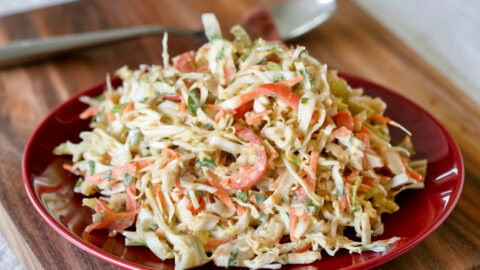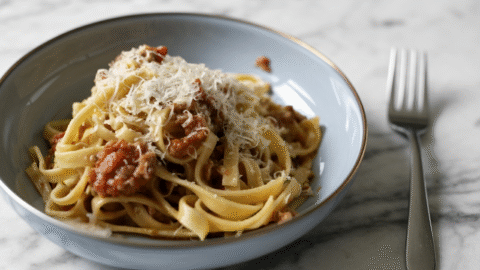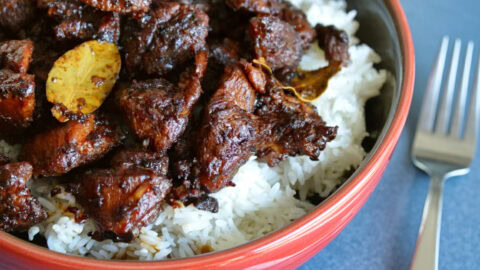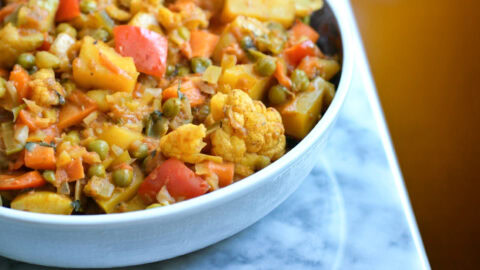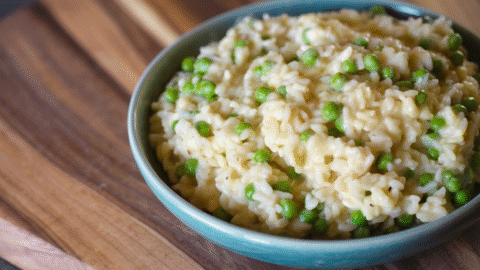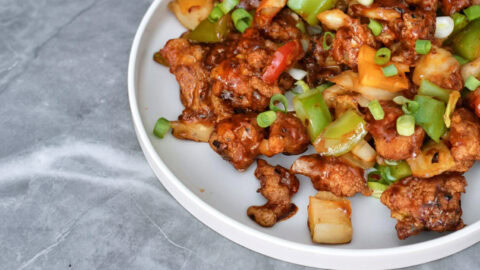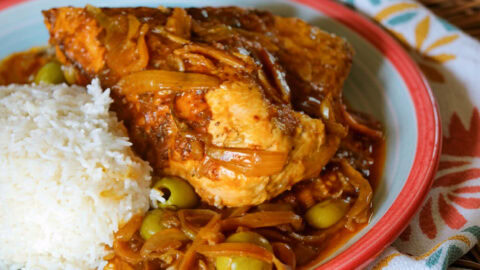Ingredients
Chicken Marinade
- 2.5-3 lbs Chicken Tenders
- 2 tsp Garlic Powder
- 2 tsp Onion Powder
- 1 Tbsp Kosher Salt
- 2 tsp White Pepper
- 6 Tbsp All-Purpose Flour
- 3 large Eggs
- ~4 cups Buttermilk
Flour Dredge
- 3 cups All-Purpose Flour
- 1 cup Cornstarch
- 1/2 cup Rice Starch
- 2 tsp Baking Powder
- 2 tsp Garlic Powder
- 2 tsp Onion Powder
- 2 tsp Celery Salt
- 1 1/2 tsp Kosher Salt
- 2 tsp White Pepper
- 2 tsp Paprika
- 2 tsp Mustard Powder
Cane’s Sauce
- 1 cup Mayonnaise
- 1/2 cup Ketchup
- 1 Tbsp Soy Sauce
- 1 Tbsp White Vinegar
- 1 tsp Garlic Powder
- 1 tsp Black Pepper, freshly cracked
- 1/4 tsp Smoked Paprika
- 1/8 tsp Kosher Salt
For Frying
- Vegetable or Canola oil, for frying
Marinate the Chicken
First, pat the chicken tenders completely dry and place them in a large mixing bowl. A dry surface is necessary for the initial flour coating to stick properly.
Add the garlic powder, onion powder, salt, white pepper, and 6 tablespoons of flour. Toss everything until the tenders have a light, even coating. Add the eggs and just enough buttermilk to cover the chicken, then mix until it forms a loose batter.
Cover the bowl and refrigerate it for at least 2-3 hours; overnight is better.
Make the Dredge and Sauce
In a shallow dish, whisk together all the ingredients for the flour dredge. The mixture should be a uniform, pale orange color from the paprika. Set it aside.
The rice starch and cornstarch are key for a lighter, crispier crust that doesn’t get greasy.
For the sauce, just combine all the ingredients in a small bowl and whisk until smooth. Cover it and put it back in the fridge so the flavors can meld while you fry the chicken.
Coat the Chicken for Frying
Take the chicken out of the refrigerator. Lift one tender at a time from the marinade, letting the excess batter drip off for a few seconds.
Dredge the tender in the flour mixture, pressing down firmly to make sure it’s completely coated. For an extra-thick crust, you can dip it back into the buttermilk batter and then into the flour a second time.
Shake off any excess flour before placing the coated tender on a wire rack.
If the coating is too heavy, it can turn gummy when fried.
Let the coated tenders rest on the wire rack for ~15-20 minutes. This helps the coating dry out and adhere to the chicken, so it won’t fall off in the fryer.
Fry the Tenders
Heat about 2-3 inches of oil in a dutch oven to ~350-370°F. I use a thermometer to keep the temperature stable.
If the oil isn’t hot enough, the chicken will absorb it and become greasy.
Fry the chicken in batches of 4-5 tenders at a time to avoid dropping the oil temperature. They’ll need ~6-8 minutes, turning them halfway through. The chicken is done when it’s golden brown and the internal temperature reaches 165°F.
Transfer the finished tenders to a clean wire rack and season them with a little salt right away. Let the oil come back up to temperature before starting the next batch.
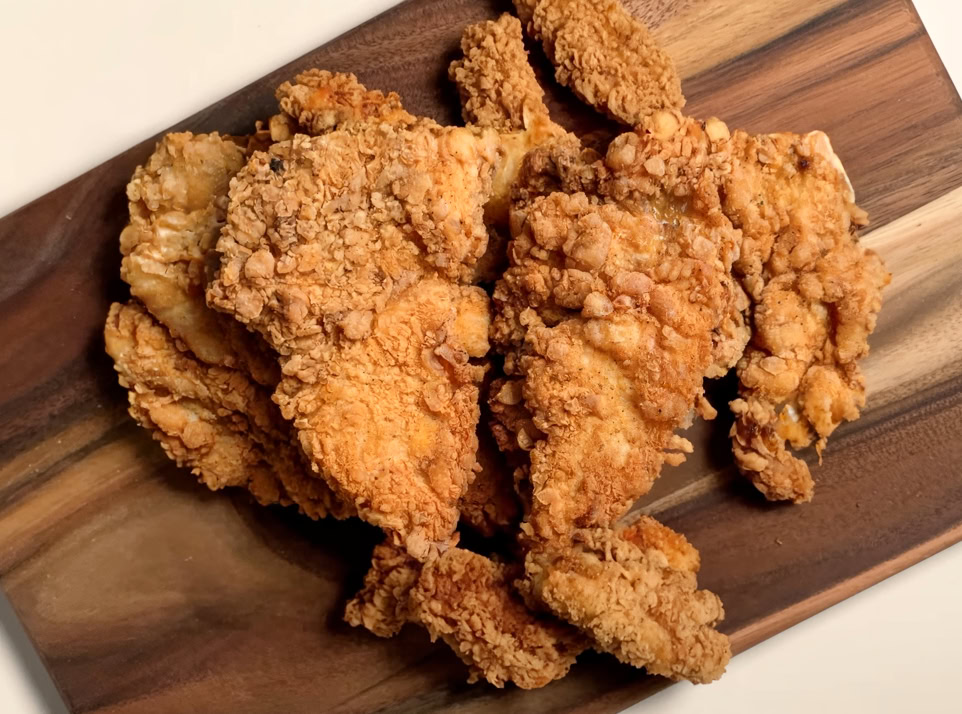
Raising Cane’s Chicken Tenders
Ingredients
Chicken Marinade
- 2.5-3 lbs Chicken Tenders
- 2 tsp Garlic Powder
- 2 tsp Onion Powder
- 1 Tbsp Kosher Salt
- 2 tsp White Pepper
- 6 Tbsp All-Purpose Flour
- 3 large Eggs
- ~4 cups Buttermilk
Flour Dredge
- 3 cups All-Purpose Flour
- 1 cup Cornstarch
- 1/2 cup Rice Starch
- 2 tsp Baking Powder
- 2 tsp Garlic Powder
- 2 tsp Onion Powder
- 2 tsp Celery Salt
- 1 1/2 tsp Kosher Salt
- 2 tsp White Pepper
- 2 tsp Paprika
- 2 tsp Mustard Powder
Cane’s Sauce
- 1 cup Mayonnaise
- 1/2 cup Ketchup
- 1 Tbsp Soy Sauce
- 1 Tbsp White Vinegar
- 1 tsp Garlic Powder
- 1 tsp Black Pepper freshly cracked
- 1/4 tsp Smoked Paprika
- 1/8 tsp Kosher Salt
For Frying
- Vegetable or Canola oil, for frying
Instructions
- Pat chicken tenders dry and place in large bowl.
- Mix chicken with garlic powder, onion powder, salt, white pepper, and flour.
- Add eggs and buttermilk to cover chicken, mix to form batter.
- Refrigerate 2-3 hours or overnight.
- Whisk together flour dredge ingredients in shallow dish.
- Mix sauce ingredients in bowl, refrigerate.
- Remove chicken from marinade, let excess drip off.
- Coat each tender in flour mixture, pressing firmly.
- Place on wire rack and rest 15-20 minutes.
- Heat 2-3" of oil to 350-370°F in dutch oven.
- Fry in batches of 4-5 tenders for 6-8 minutes, turning halfway.
- Cook until golden brown and internal temp reaches 165°F.
- Transfer to wire rack and season with salt immediately.


